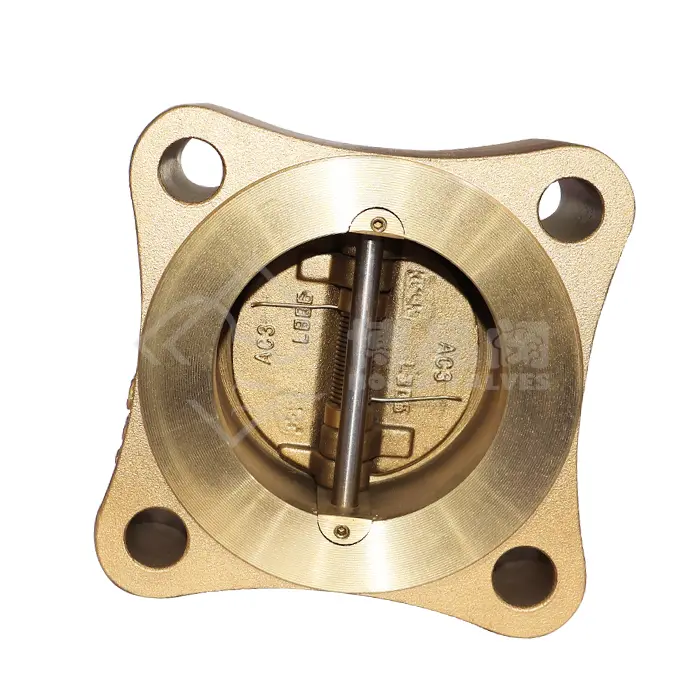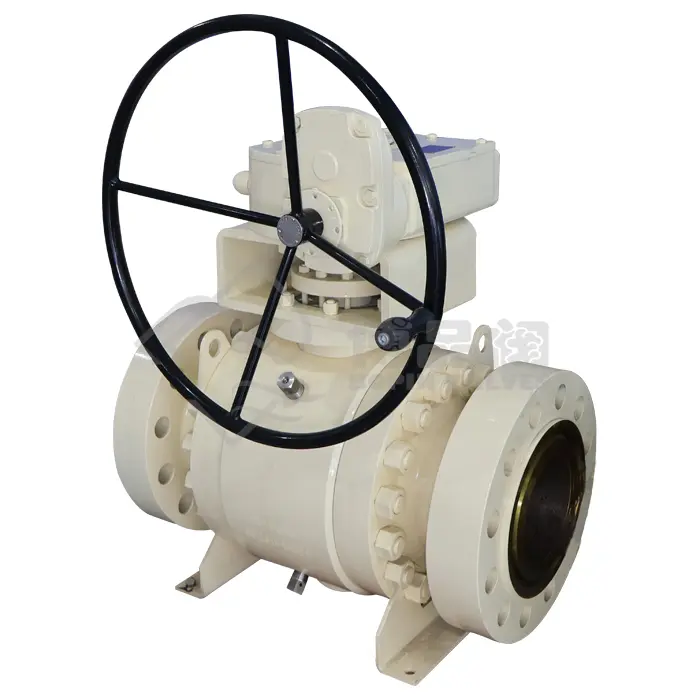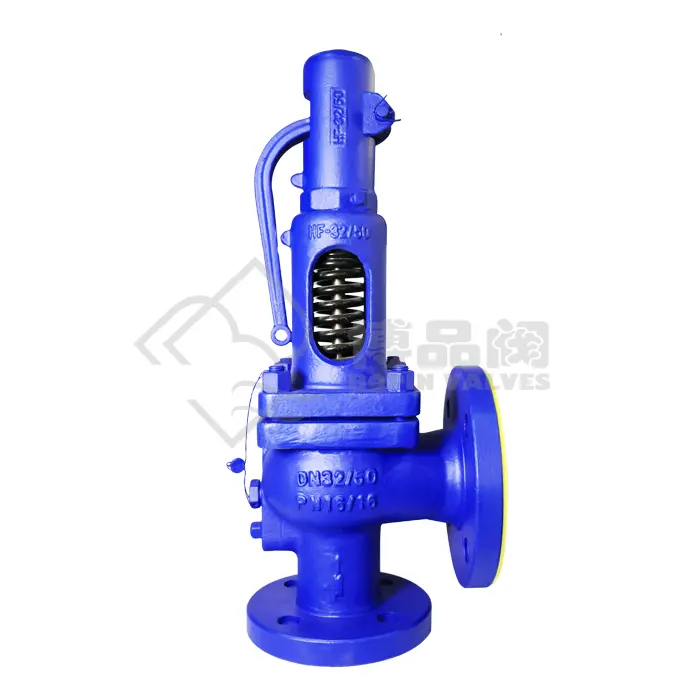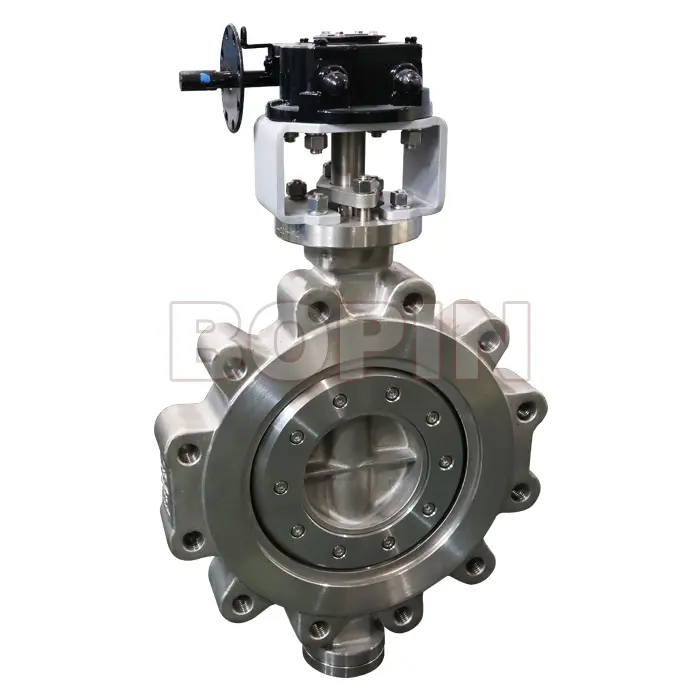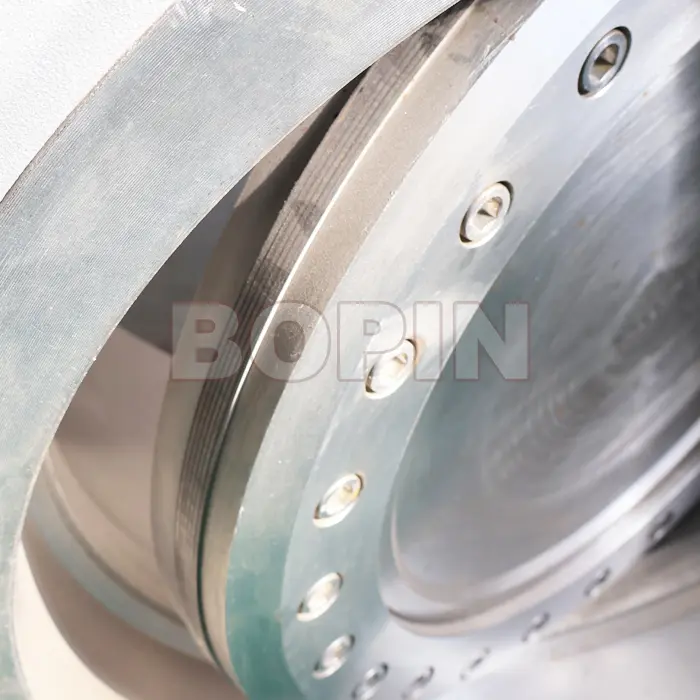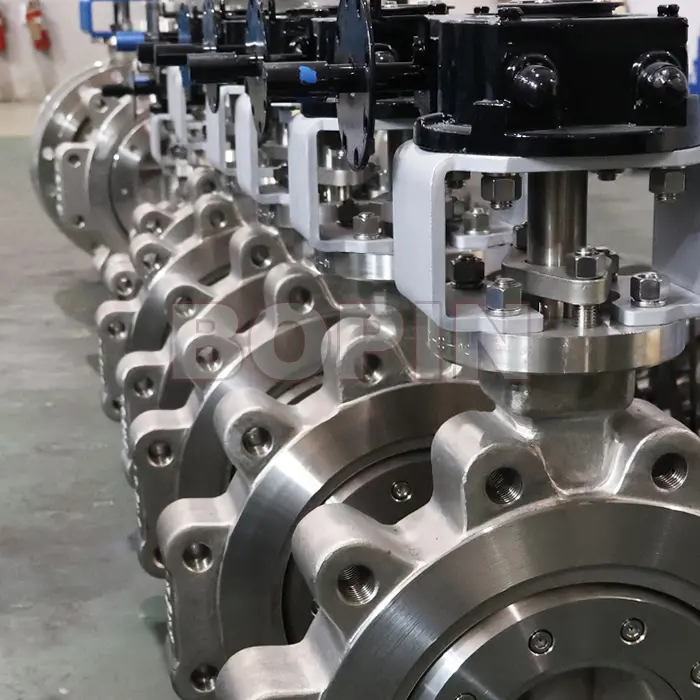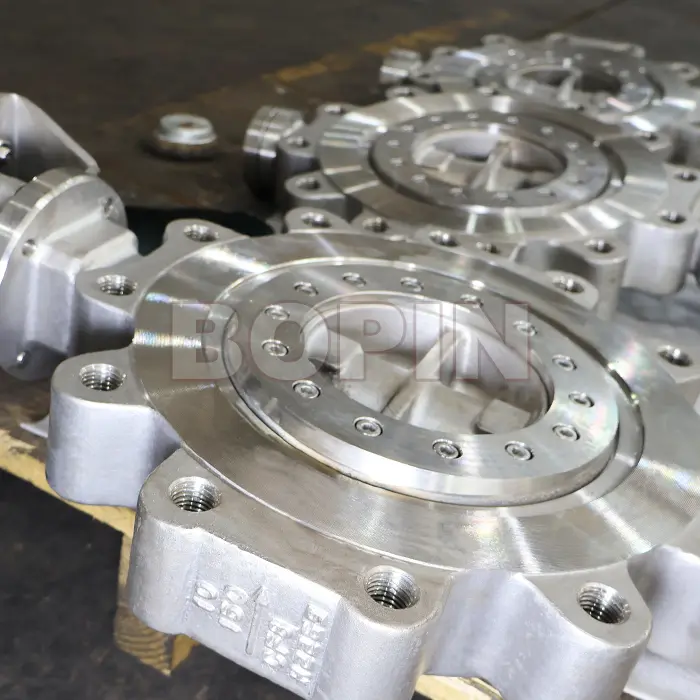0102030405
API 609 LUGGED TRIPLE OFFSET BUTTERFLY VALVE
About API 609 Standards
API 609 is a standard developed by the American Petroleum Institute (API), which specifies the requirements for butterfly valves used in petroleum and natural gas industries. These standards ensure that the valves are designed and manufactured to meet specific performance and quality benchmarks, making them safe and reliable in high-pressure and high-temperature applications.
The API 609 standard specifically focuses on valve body design, testing, and materials used in the construction of the valves, ensuring their suitability for critical industrial applications. This includes rigorous testing for sealing, performance, and durability.


Features
Triple Offset Design
The triple offset (or 3D) butterfly valve is a cutting-edge design that offers significant improvements over traditional butterfly valves. It features three key offsets:
First offset:The shaft centerline is offset from the valve's centerline. This ensures that the disc does not rub against the seat during rotation, minimizing friction and wear.
Second offset: The disc sealing surface is positioned at an angle to the valve body, resulting in a non-concentric, offset geometry. This geometry improves the sealing characteristics of the valve, ensuring a tight shut-off even under high pressures.
Third offset: The stem axis is offset, which adds an additional angle to the valve’s geometry. This offset helps in achieving an even more reliable seal and improves the valve’s longevity, reducing the likelihood of seat wear.
Worm Gear Actuation
The worm gear actuator used in these valves provides precise and controlled operation. It consists of a worm gear paired with a worm wheel, which reduces the torque required to operate the valve and enables smoother, more accurate positioning. The worm gear is also self-locking, meaning that once the valve is in a specific position, it remains there without the need for additional force or a locking mechanism.
The worm gear actuator is ideal for applications that require fine control over valve positioning, as it provides enhanced torque and a higher mechanical advantage. The precision afforded by the worm gear ensures that the valve operates efficiently, even in challenging conditions.
Lugged Design
The lugged design refers to the configuration of the valve body, which includes threaded lugs on the valve’s body that allow for bolting the valve directly to the pipeline, without requiring a downstream flange. This design offers flexibility in installation, particularly in situations where the valve needs to be removed for maintenance or repair. Additionally, the lugged design ensures that the valve is securely mounted and can withstand high pressure and stress without compromising its performance.
Stainless Steel Construction
The use of stainless steel in the valve construction offers several advantages, particularly in terms of corrosion resistance, strength, and durability. Stainless steel is highly resistant to corrosion, making it ideal for use in harsh environments, including those involving high temperatures, chemicals, and other corrosive substances. The material’s high tensile strength also ensures that the valve can withstand the stresses encountered in high-pressure systems.
Fire-Safe Design
Many API 609 valves are designed to be fire-safe, meaning they can continue to function even in the event of a fire. Fire-safe designs typically feature materials that are resistant to high temperatures, as well as safety mechanisms to prevent leakage or failure under extreme conditions.
Working Principles
The operation of a worm gear operated lugged stainless steel triple offset butterfly valve is relatively simple, but highly effective. When the actuator is turned, the worm gear mechanism rotates the stem of the valve, which in turn rotates the valve disc. As the disc rotates, the flow of fluid is either throttled or fully shut off, depending on the position of the valve. The unique triple-offset design ensures that the disc does not make contact with the seat during rotation, which minimizes wear and ensures a tight shutoff when the valve is closed.
Because of the triple offset geometry, the valve provides a progressive sealing action, meaning that the disc gradually presses against the seat as it closes. This progressive sealing reduces the potential for seat deformation, making the valve suitable for high-cycle applications.
The worm gear actuator allows for precise control of the valve’s position, which is particularly beneficial in applications where flow control needs to be highly accurate. The gear mechanism also provides increased torque, allowing the valve to operate in high-pressure and high-temperature environments with ease.
Applications
API 609 worm gear operated lugged stainless steel triple offset butterfly valves are commonly used in industries where reliability, performance, and safety are critical. Some of the key applications include:
Oil and Gas
The chemical industry requires valves that can handle aggressive and corrosive chemicals. Stainless steel triple offset butterfly valves are ideal for such environments, as they can resist corrosion and ensure secure sealing under varying pressures and temperatures.
Chemical Processing
The chemical industry requires valves that can handle aggressive and corrosive chemicals. Stainless steel triple offset butterfly valves are ideal for such environments, as they can resist corrosion and ensure secure sealing under varying pressures and temperatures.
Power Generation
In power plants, these valves are used in steam and cooling water systems, as well as in gas and nuclear plants. Their ability to operate at high temperatures and handle heavy-duty applications makes them perfect for controlling the flow of fluids in such demanding environments.
Water and Wastewater Treatment
These valves are also used in water and wastewater treatment plants for regulating the flow of water and other fluids through treatment processes. The ability to provide tight shutoff, combined with corrosion resistance, makes them reliable in handling raw water, treated water, and wastewater.
HVAC Systems
For heating, ventilation, and air conditioning (HVAC) systems, these valves are used in air and water distribution systems to control flow and ensure efficient operation.
Mining and Metals Processing
In mining and metals processing, these valves can be used in slurry lines, dust extraction systems, and chemical dosing systems, where reliability and durability are key.
Benefits of API 609 Triple Offset Butterfly Valves/strong
Enhanced Sealing Performance
The triple offset design ensures that the valve provides superior sealing, especially when compared to traditional butterfly valves. This improves system integrity and reduces the risk of leakage, even under high-pressure conditions.
Longer Service Life
The advanced design, coupled with the use of stainless steel, ensures that the valve has a longer service life. The absence of friction between the disc and seat during operation reduces wear, ensuring reliable performance over an extended period.
Reduced Maintenance Costs
The high durability and reliability of these valves reduce the need for frequent maintenance, which can significantly lower operational costs. The ease of removal and replacement due to the lugged design further enhances maintenance efficiency.
Versatility
These valves are highly versatile and can be used in a variety of applications across different industries. Their bi-directional sealing capability makes them adaptable to systems where flow direction may vary.
Fire Safety and Reliability
The fire-safe design ensures that these valves can operate even under extreme conditions, providing peace of mind in critical applications.








